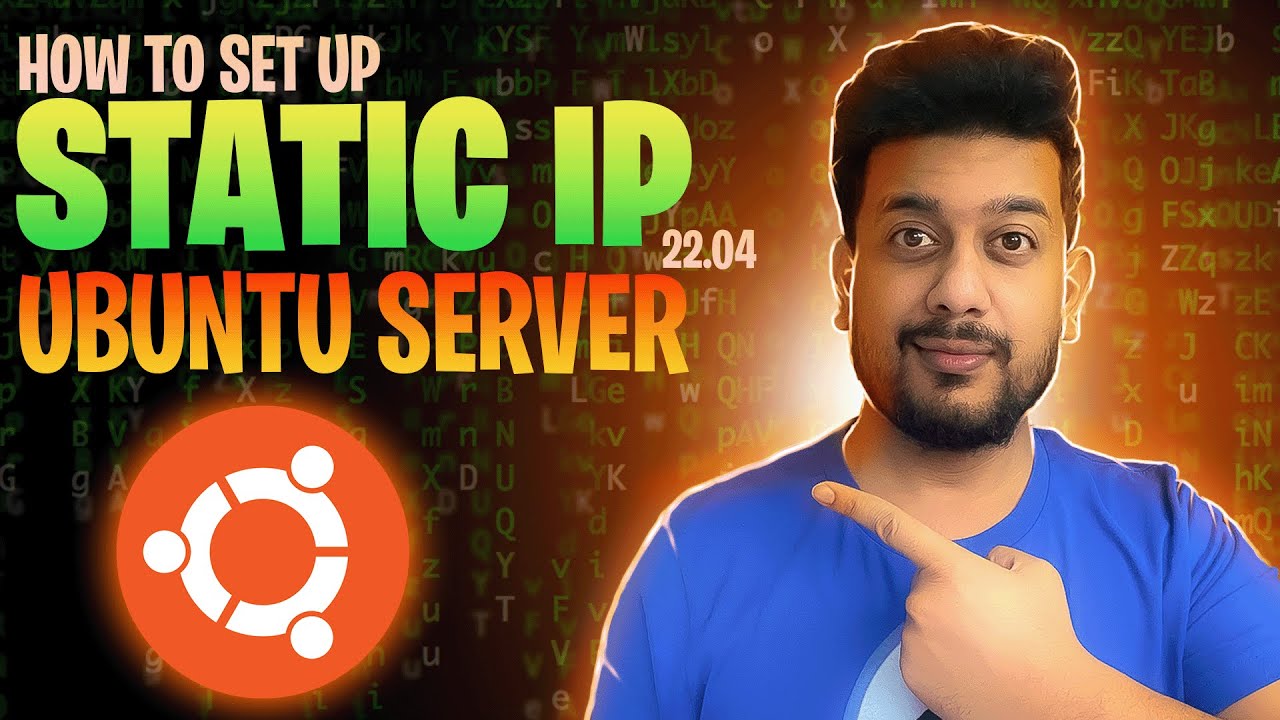Ubuntu Server is primarily designed for command-line interface (CLI) operations, making it lightweight and efficient. However, installing a graphical user interface (GUI) can be beneficial in various scenarios, such as:
Benefits of Installing a GUI:
-
Ease of Use – A GUI simplifies server management for users who are not comfortable with CLI commands.
-
Visual Management – Allows for easier monitoring of system resources, logs, and application performance.
-
Remote Desktop Access – Enables users to access and control the server through a remote desktop connection.
-
Better User Experience – Ideal for users who need a familiar graphical environment to manage applications and settings.
-
Software Compatibility – Some applications require or work better with a GUI rather than CLI-based management.
Before installing a GUI or other applications, it’s essential to have your Ubuntu server configured and ready. Here’s what you need to get started:
1. Fresh Installation of Ubuntu Server 22.04
Start with a clean installation of Ubuntu Server 22.04. This ensures that there are no conflicts or legacy settings from previous installations.
2. Reliable Internet Connection
Ensure your server has a stable internet connection, as you’ll need to download and update packages throughout the setup.
Preparing Ubuntu Server
To install a graphical user interface (GUI) on your Ubuntu server, follow these steps.
Step 1: Update Your Server Packages
Before installing any new software, update the package lists:
sudo apt updateStep 2: Install Tasksel
Tasksel is a tool that simplifies the installation of predefined software collections:
sudo apt install taskselStep 3: Install the Ubuntu Desktop Environment
Use Tasksel to install the Ubuntu Desktop Environment:
sudo apt install ubuntu-desktopStep 4: Install the GNOME Display Manager (GDM)
GNOME Display Manager is required for managing graphical logins:
sudo apt install gdmNote: If you encounter an “obsolete package” error at this step, simply reboot the server, as this often resolves compatibility issues.
Step 5: Reboot the Server
After installing the desktop environment and necessary packages, reboot your server:
sudo rebootAfter the reboot, your Ubuntu server will be ready with a graphical user interface (GUI) and updated packages :). You can now proceed with further configurations or installations as needed.



